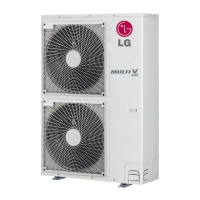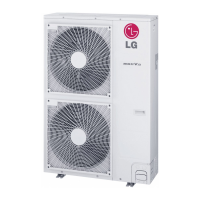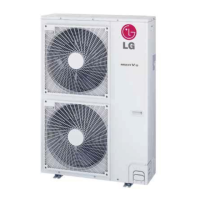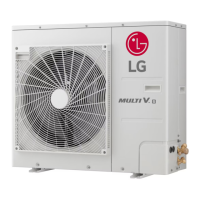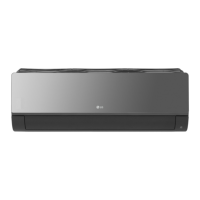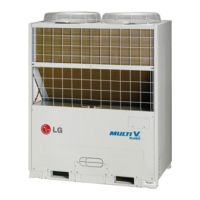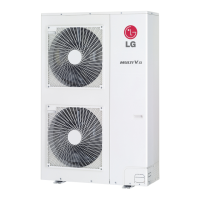15
ENGLISH
1 Always use the nitrogen.(not use oxygen, carbon dioxide, and
a Chevron gas): Please use the following nitrogen pressure
0.02 MPa Oxygen – Promotes oxidative degradation of
refrigerant oil. Because it is flammable, it is strictly prohibited
to use Carbon dioxide – Degrade the drying characteristics of
gas Chevron Gas – Toxic gas occurs when exposed to direct
flame.
2 Always use a pressure reducing valve.
3 Please do not use commercially available antioxidant.
The residual material seems to be the oxide scale is
observed. In fact, due to the organic acids generated by
oxidation of the alcohol contained in the anti-oxidants, ants
nest corrosion occurs. (causes of organic acid
’
alcohol +
copper + water + temperature)
Regulator
Nitrogen gas
Pressure 0.02 MPa less
Auxiliary valve
Taping
(Should not
contain air)
Welding Point
Note) should not block the outlet side.
When the internal pressure in pipe is abo
ve the atmospheric pressure, pinhole is o
ccurred and it is a leakage cause.
Oxide scale
Nitrogen
Please block the pipe knock outs of the front and side panels after
installing the pipes.
(Animals or foreign objects may be brought in to damage wires.)
WARNING
• Always careful not to leak the refrigerant during welding.
• The refrigerant generates poisonous gas harmful to human body
if combusted.
• Do not perform welding in a closed space.
• Be sure to close the cap of the service port to prevent gas
leakage after the work.
!
Drying Cleanliness Airtight
Should be no moisture
inside.
No dust inside.
There is no refrigerant
leakage.
Items
Cause failure
- Significant
hydrolysis of
refrigerant oil
- Degradation of
refrigerant oil
- Poor insula’tion of
the compressor
- Do not cold and
warm.
- Clogging of EEV,
Capillary
- Degradation of
refrigerant oil
- Poor insulation of
the compressor
- Do not cold and
warm.
- Clogging of EEV,
Capillary
- Gas shortages
- Degradation of
refrigerant oil
- Poor insulation of
the compressor
- Do not cold and
warm
Countermeasure
-
No moisture in the pipe
- Until the
connection is
completed, the
plumbing pipe
entrance should be
strictly controlled.
- Stop plumbing at
rainy day.
- Pipe entrance
should be taken
side or bottom.
-
When removal burr
after cutting pipe, pipe
entrance should be
taken down.
- Pipe entrance
should be fitted cap
when pass through
the walls.
- No dust in the pipe.
- Until the
connection is
completed, the
plumbing pipe
entrance should be
strictly controlled.
- Pipe entrance
should be taken
side or bottom.
- When removal burr
after cutting pipe,
pipe entrance
should be taken
down.
- Pipe entrance
should be fitted cap
when pass through
the walls.
- Airtightness test
should performed.
- Brazing operations
to comply with
standards.
- Flare to comply
with standards.
- Flange connections
to comply with
standards.
Precautions on Pipe connection / Valve operation
Pipe connection is done by connecting from the end of the pipe to the
branching pipes, and the refrigerant pipe coming out of the outdoor
unit is divided at the end to connect to each indoor unit. Flare
connection for the indoor unit, and welding connection for the outdoor
pipe and the branching parts.
- Use hexagonal wrench to open/close the valve.
REFRIGERANT PIPING INSTALLATION
Nitrogen substitution method
Welding, as when heating without nitrogen substitution a large
amount of the oxide film is formed on the internal piping.
The oxide film is a caused by clogging EEV, Capillary, oil hole of
accumulator and suction hole of oil pump in compressor.
It prevents normal operation of the compressor.
In order to avoid this problem, Welding should be done after replacing
air by nitrogen gas.
When welding plumbing pipe, the work is required.
Refrigerant piping on three principles
CAUTION
!
CAUTION
!
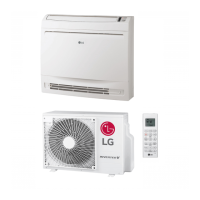
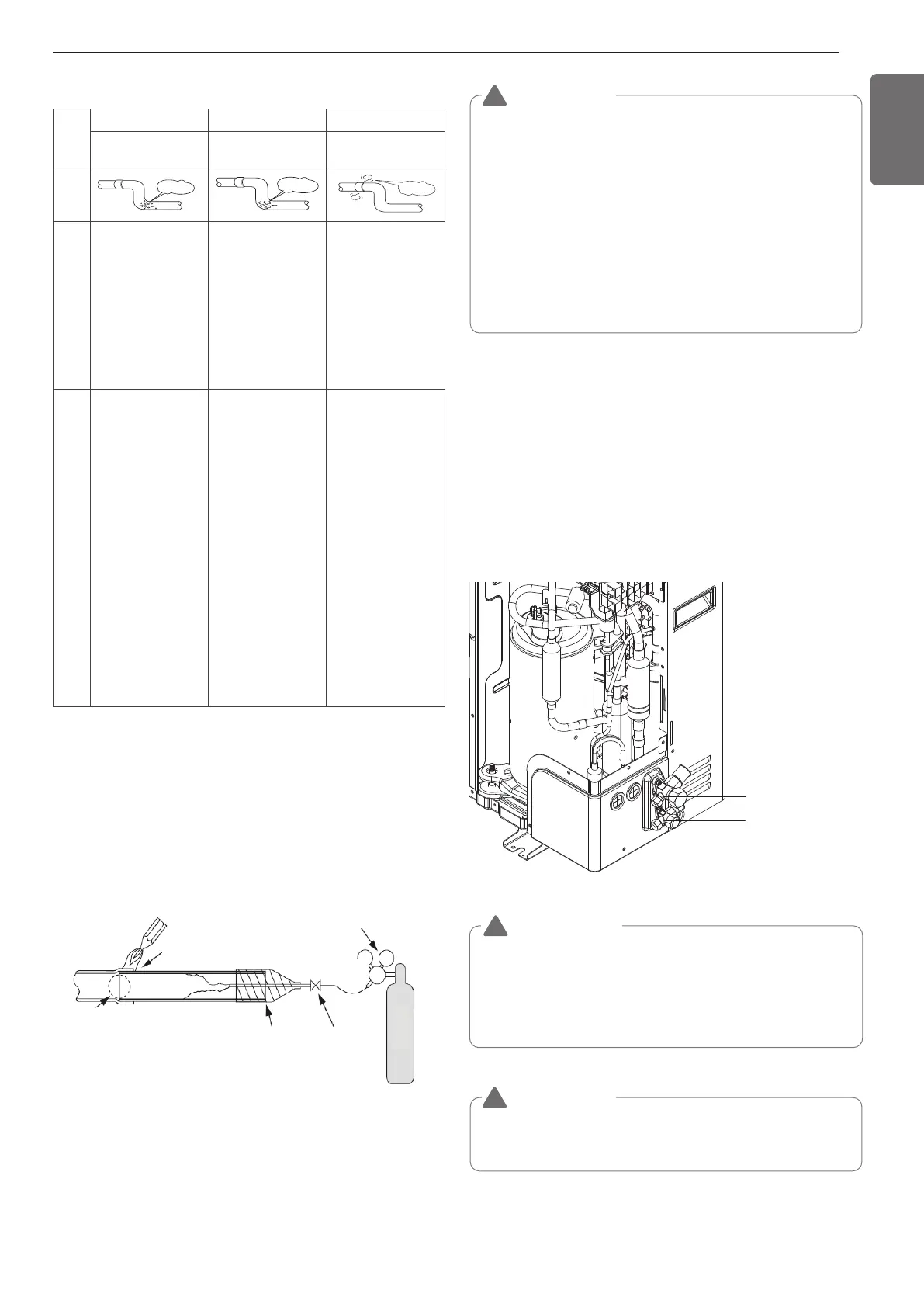